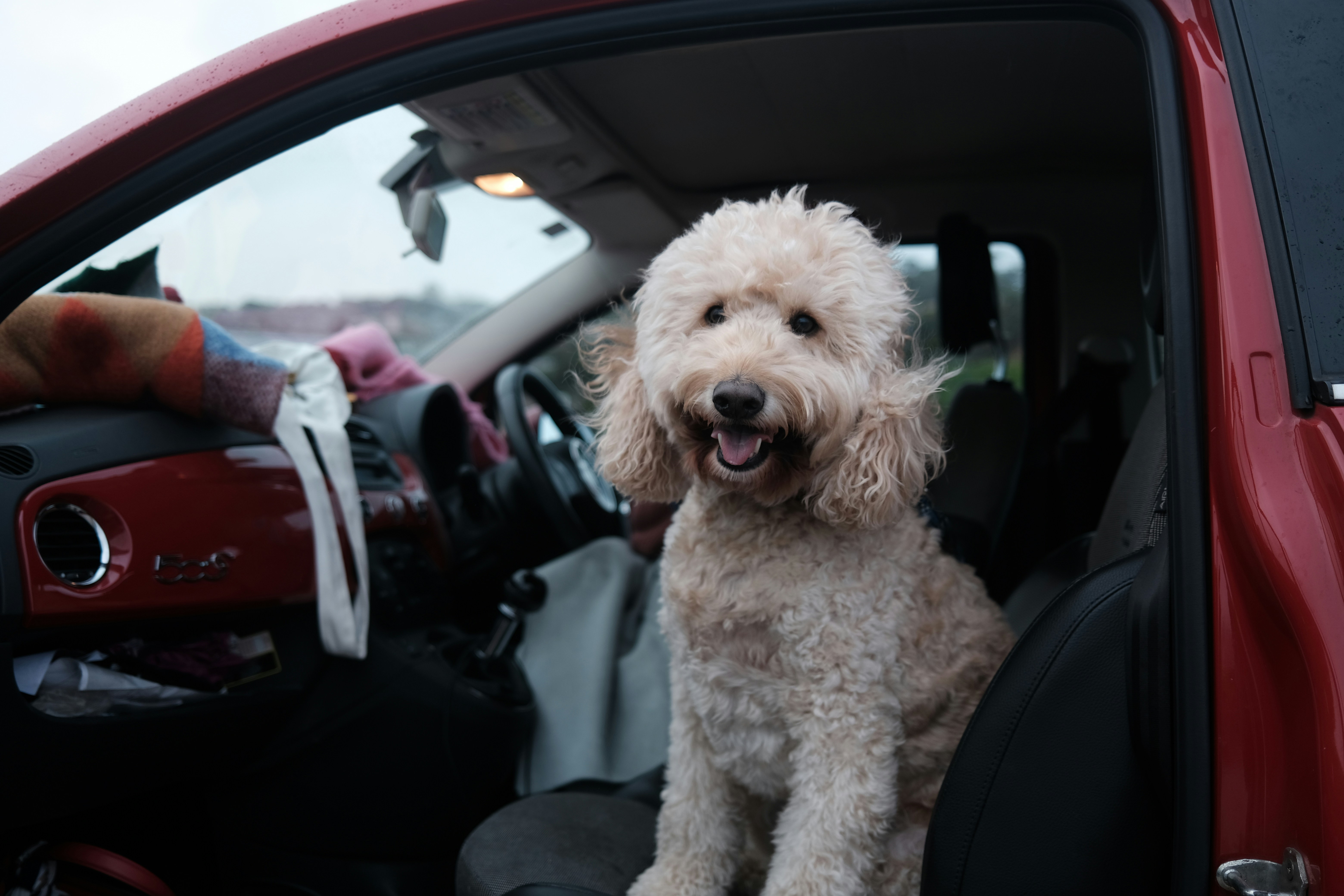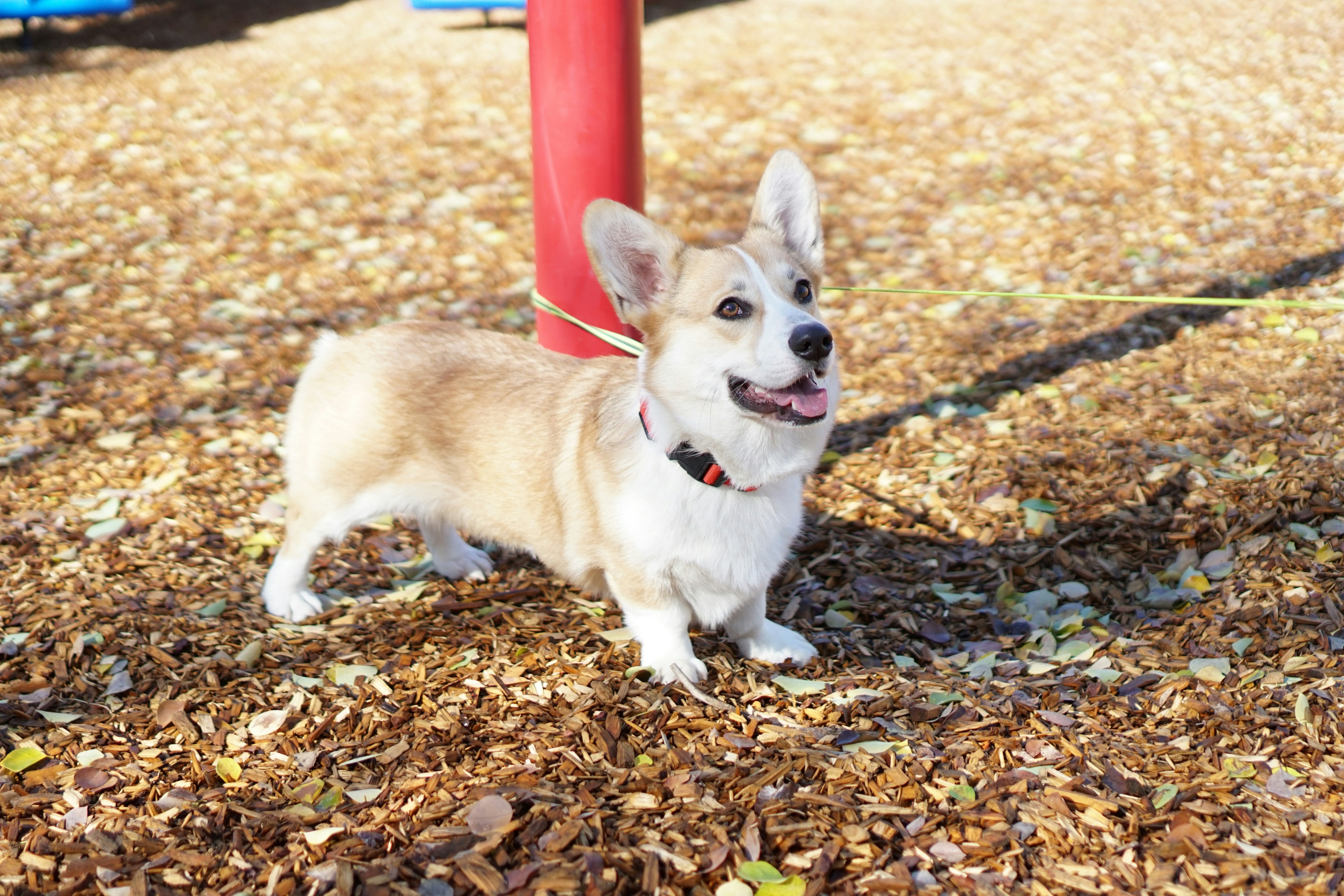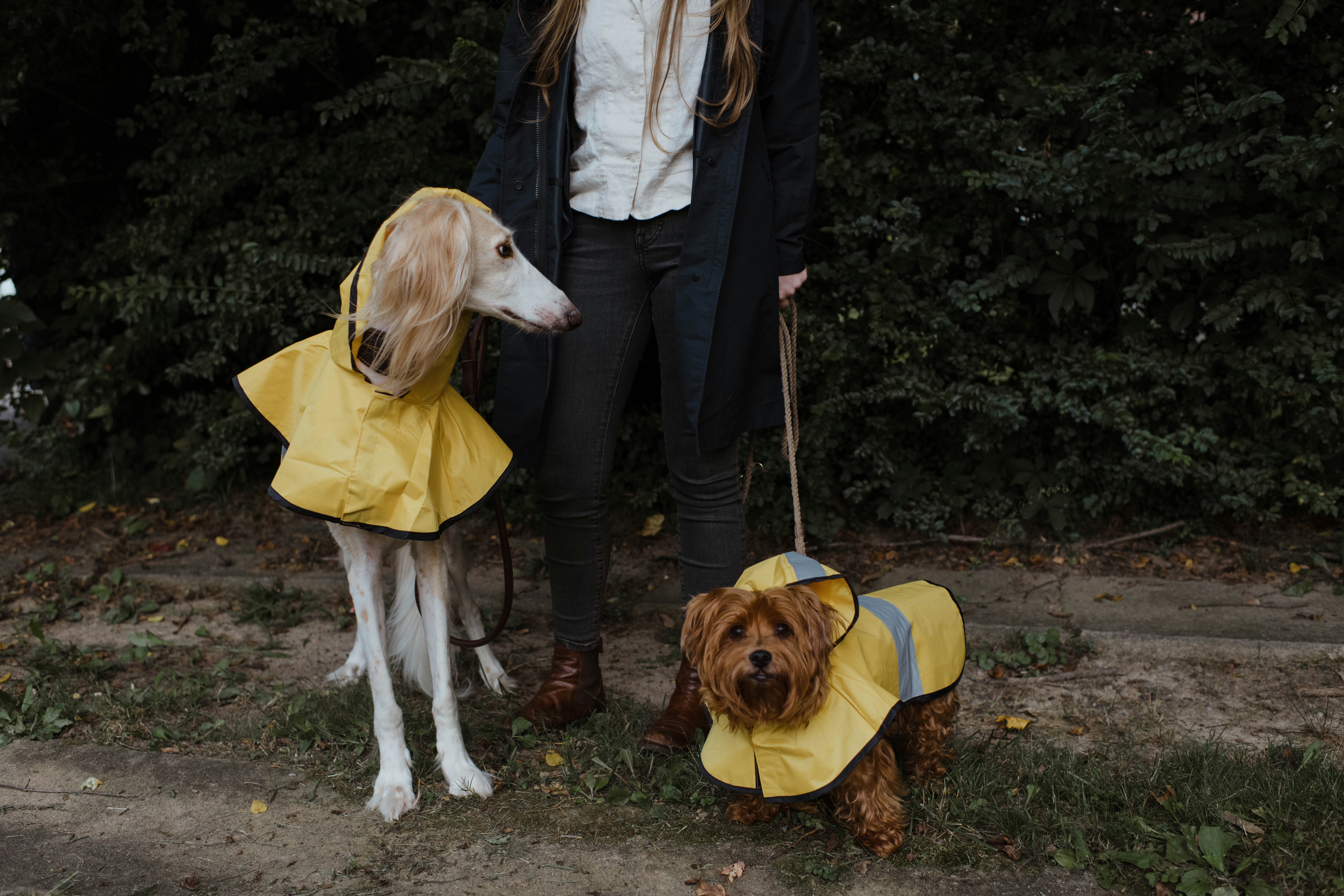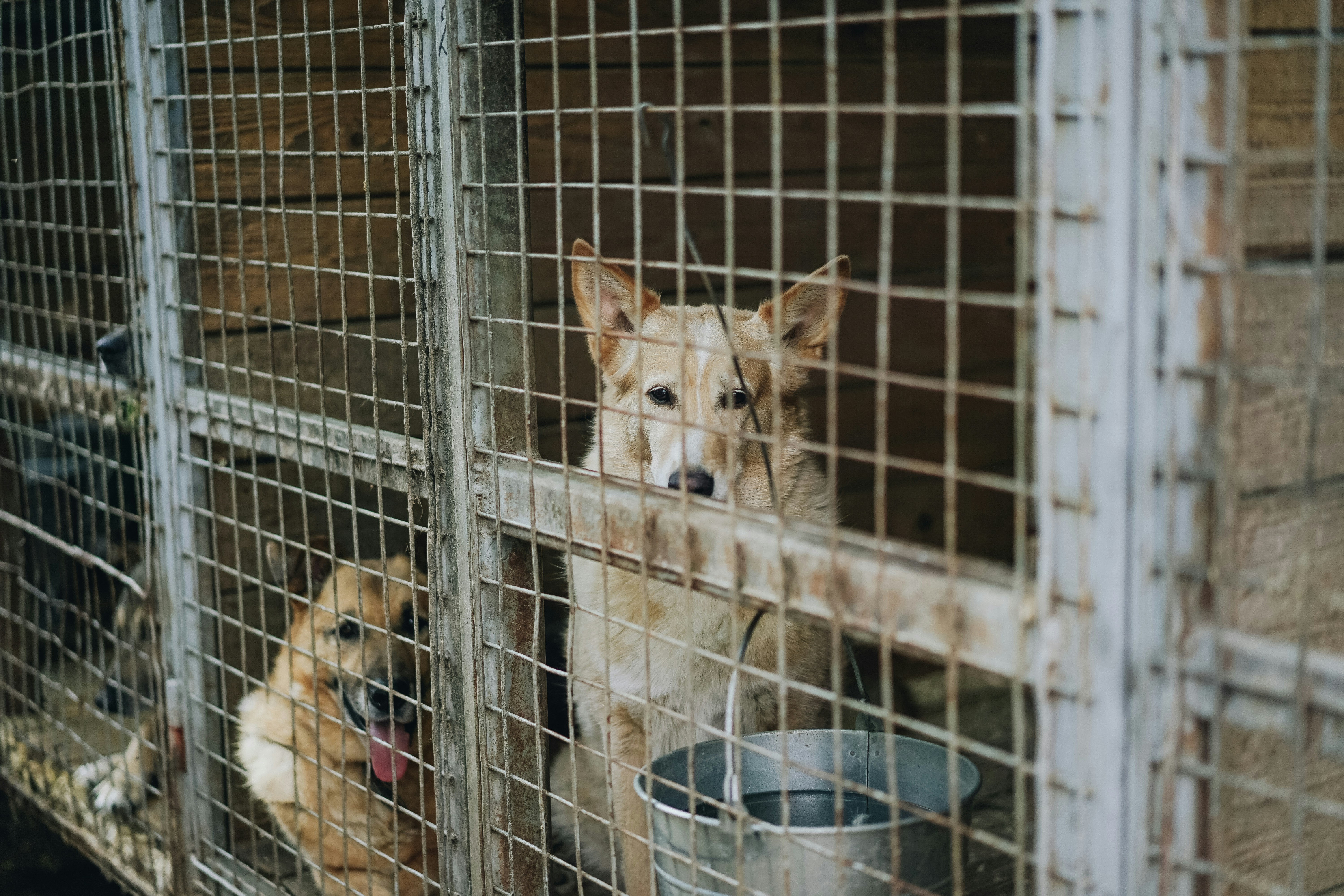Dogs are one of the most popular pets around the world. In the United States, there were 89.7 million pet dogs as of 2017, which means that the number of pet dogs has increased by more than 12 million over the last ten years.
Most dog owners consider their canine companions part of the family. If you’re one of these people, you may face a dilemma when you need to travel. Should you take your dog with you? Or is it best to leave Fido behind when you hit the road? There are many advantages and disadvantages to consider before deciding whether to travel with your dog.
Necessities
Whether you decide to travel with your dog or make other arrangements, there are some essentials you will need. First, make sure your pooch is up to date with all their shots and that you have copies of their vet paperwork. Many kennels require proof of your pet’s vaccinations. You will also need to present vet paperwork if you’re planning to cross an international border or if your trip involves flying by plane.

Traveling and staying in a different location can prompt some unusual behavior. Even well-trained dogs may be overwhelmed with the noises, smells, and unfamiliar activity. Invest in a dog harness with handle to ensure you can walk your dog without being pulled. Dogs that pull on a leash can cause accidents and injure their owners. No-pull Dog harnesses naturally discourage your dog from pulling. Another benefit is that these harnesses avoid putting pressure on your dog’s neck. When a collar applies pressure to your dog’s neck, it can damage your dog’s windpipe and tissue. No-pull harnesses prevent this damage. Dog harnesses with handles can also be used to keep your canine from lunging at people or other animals. A handle on the harness is a great option for keeping a firm grip on your pet. The no-pull dog harness should strap on easily and have buckles. Make sure it has a secure fit so your dog can’t wriggle out of it.
Pop-up silicone bowls are ideal when you’re traveling or when your pet is staying at a different location. They fold down flat, so they take up minimal space. These bowls can be popped up and filled with food and water, ensuring you can feed your dog anywhere. You may also need to pack some poop bags. Many parks require dog owners to pick up their dog’s waste. Feces can transmit diseases to other animals, which is why it’s essential to pick up after your pet. Even if your dog is house trained, you may need pee pads to put down in your hotel room to prevent accidents.
Advantages
When you travel with your pet, you can address their needs yourself. This can provide you with peace of mind while you’re traveling, and you won’t have to worry about missing your pup. You can maintain consistent training with your dog. Although many dog-sitters and kennel owners are skilled, you may have specific training needs with your pet that they won’t maintain during your absence. Taking Fido on the road is a way to avoid a lapse in their training.

Bringing your dog with you is a great way to create some lasting memories. You can socialize your dog, and you may be able to enjoy some new activities. For example, you may learn that your dog loves the beach or that they enjoy car rides. Your dog can also keep you safe while you’re traveling. Dogs can judge a person’s character and alert you to problematic people or potential threats.
When you travel, it can be easy to skip exercise routines. You’ll be more motivated to exercise if you bring your dog with you because your pup will need to go for regular walks. Your dog will also inspire you to seek out parks and to walk while you’re away.
Disadvantages
Some hotels and motels do not allow pets. You may find it hard to locate pet-friendly accommodations in some places. You will also need to check local bylaws to ensure you comply with their requirements before bringing your dog with you. For example, states such as Hawaii have strict quarantine regulations. You may want to leave your dog at home to prevent them from being quarantined.

Pet-friendly accommodations are also more expensive. You will have to compare the costs of pet-friendly hotels to the cost of a kennel or dog sitter to determine whether it’s more expensive to travel with your dog. Other factors could affect the overall costs. For example, if you bring your dog with you and see a veterinarian on the road, it may be more expensive. Other necessities, such as pet food, might be more expensive in different locations. It’s also possible you won’t be able to purchase the type of pet food you typically buy, which could cause diarrhea or give your pup an upset stomach.
You may also have a hard time finding pet-friendly restaurants in some locations. This may prompt you to rely on fast food, so you don’t have to leave your pup alone in your vehicle. Your dog will be bombarded with unfamiliar smells, sounds, and sights. Some dogs may experience anxiety when they stay in an unfamiliar place. It’s essential to know your dog and how they will react when traveling to determine if it’s a good idea to bring them along.
Factors to Consider
You won’t have control over your environment when you travel. Although pet-friendly facilities may ensure they have dog friendly plants, airports, bus terminals, and other locations may not consider whether the plants they have are safe for dogs. Aloe vera, tulips, and tomato plants are all toxic for dogs. If you’re traveling with your pup, it’s a good idea to learn about dog-friendly plants, such as Swedish ivy and Maidenhair ferns, and know how to identify plants that aren’t safe so you can keep your pup away from them.

Your destination and activity plans are essential factors to consider. If you’re heading to the Surva Festival, you should consider the activities involved. People in Bulgaria celebrate the end of winter by driving out the evil spirits of winter. During the festival men, known as the Kukeri, wear costumes and dance. The Kukeri wear incredible wooden masks, but these masks could agitate your dog and cause them to bark, which may be a reason to consider leaving your pup at home.
You may be traveling to visit an elderly or ill family member. If so, your schedule may not be flexible, and you may find it challenging to look after your dog while addressing your personal needs.
Some dogs don’t like to travel. If your dog gets car sick, you may need to see your veterinarian and get a prescription for them. You may also decide it’s kinder to your pup to leave them at home when you go away. Alternatively, if your dog is on medications for other medical issues, you may want to bring them with you to ensure they receive their prescriptions on schedule.
Alternatives
You can make arrangements for your pup to stay at a local kennel. Many kennels offer comfortable accommodations and access to exercise areas. Some enable dogs to play with each other while they’re staying at the kennel. Take time to evaluate kennels before you determine where your dog will stay. The kennel should be bright and clean. Some kennels offer puppy cams so you can log in and see your dog while you’re away. This can be an effective way of reassuring yourself that your dog is okay.

You may also opt to have your dog stay with a dog sitter. This is an ideal option if you know someone in the area who is familiar with your dog and will look after their needs.
Some dog sitters double as house sitters. You can hire someone to look after your property and your pup at the same time. You may be able to save money on home security and pet care by hiring someone who combines services. Your dog will be able to stay in a familiar environment, which will reduce their anxiety during your absence. You can also be confident your home is secure while you’re away.
































